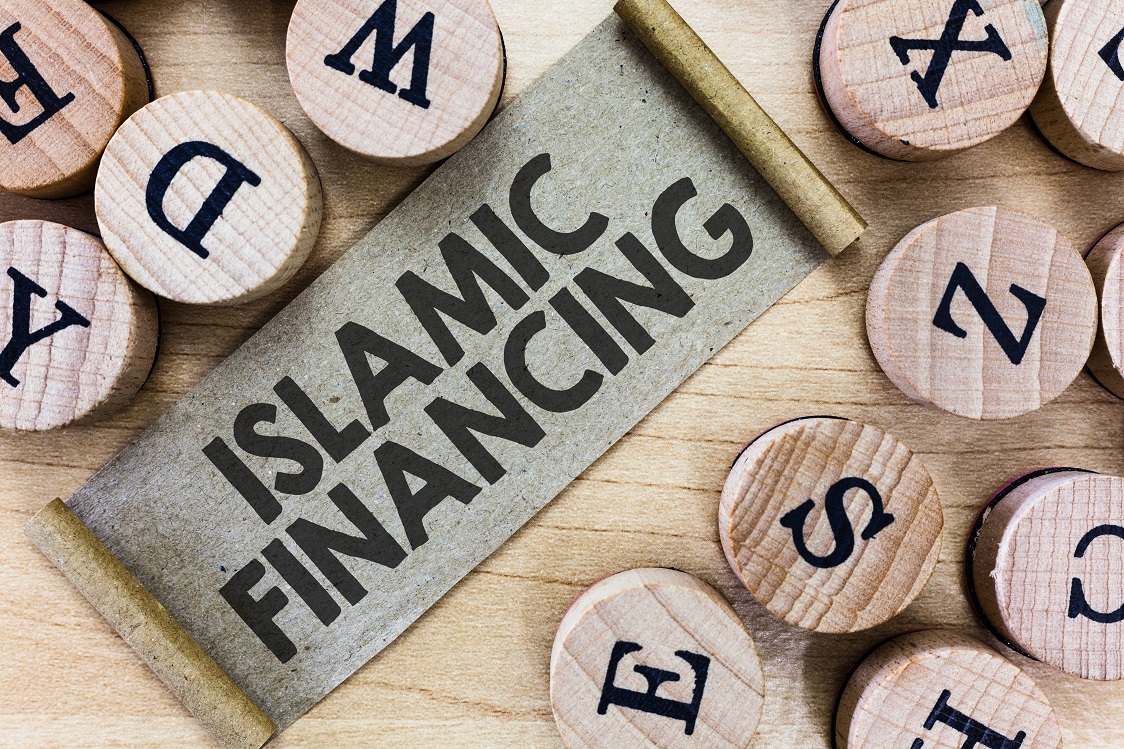For entrepreneurs looking to diversify their wealth and release some cash, a relationship with a private equity (PE) firm can represent an excellent business decision. Aside from the immediate financial benefits, most will be able to retain control of their business and benefit from an increase in its value.
Despite the obvious advantages, a PE partnership is not guaranteed to be a success. Entrepreneurs will maximise the value of their PE partnership by making use of certain tactics as well as working hard to ensure targets are met. You can compare a PE partnership to a marriage as it moves through similar predictable stages and you need to vary your tactics at each stage.
Stage one: Courtship/private equity auction
It’s important to remember that a PE investor’s primary concern is their own firm. They make decisions based on what is right for their fund. This does not always correlate to what is best for your investment in your business.
Once you have decided to sell to PE you will have various suitors eager to persuade you that your future will be best entwined with theirs. They will do their best to wine and dine you, to convince you that your future will be best if married into their fund. At this stage a PE’s sole focus is beating the competition to ensure you commit your business to their fund, so, if any of the promises made during courtship are important to you, get them confirmed in writing. Better still, have them included in the shareholders’ agreement, the business equivalent of a pre-nup.
Stage two: Marriage/sale and shareholder’s agreement
Once you have received offers from your PE suitors, it’s time to make your choice. First you need to assess the financial value of the offers; consider the business valuation, the proportion required to roll over and the amount of sweet equity granted. The valuation will always be important. If, primarily, you want to exit from the business you will want to see a low roll over requirement. Alternatively, if you want to maintain a higher proportion of the equity in your business the amount of sweet equity granted becomes more relevant.
If you are rolling over a significant proportion of your equity do not base your decision solely on the firm offering the best financial package. It is also essential to work with the organisation that best demonstrates an understanding of the business and shares your vision for the future. It is important to remember that maximising the valuation of your business at this stage makes it more difficult for PE firms to make the anticipated returns. This will likely lead to an increase in the debt burden of the business and will certainly result in a reduced acceptance of any shortfall from forecast performance.
Stage three: Honeymoon/first two years of partnership
After the deal has been signed, champagne will be drunk and all will seem rosy, but don’t be lulled into complacency. It is critical that you hit your first year’s numbers to cement your relationship and prove to your PE partner that they made the right decision. Once you have proven your value, shortfalls in subsequent years’ performance will be easier to manage.
Hitting targets will always be your primary goal. Never forget that it is better to meet your objectives two years in a row than to exceed them comfortably in the first, and fall short in the second.
More on private equity:
- UK private equity bucks global decline
- Exit by management buy-out
- Looking at the private equity road
- Private equity-backed firms revise fortunes
Stage four: Midlife crisis/year three onwards
Every relationship has its challenging periods. When difficulties arise communication is key. If you identify issues in your business, report them to your PE partner as soon as possible. Always, accompany the bad news with a plan to address the problem or to compensate for the potential damage by growing revenues or cutting costs elsewhere.
Preparing a CEO report each month will help by ensuring all parties are briefed on company results and are aware of future strategy. It is also good discipline, forcing you to think strategically about the business which is not always easy to do.
Stage five: Separation:
All good things come to an end. All private equity ‘marriages’ end in ‘divorce’.
Scenario one: (Amenable) separation
A successful PE relationship normally ends with the sale of the business to another investor; your actions will depend on your intended future within the company. If exiting, your goals are likely to be in line with those of your PE partner. You can therefore look to maximise the company’s disposal value.
If you want to stay with the business and roll over your equity to a new vehicle, tread carefully. You need a business valuation that allows you take a meaningful amount of cash from the company, but is not so high that you can’t meet the targets set by your future partner.
Scenario two: (Acrimonious) separation
If you have failed to meet targets, expect an exit. You may find yourself fired without ceremony but you will normally be offered compensation. Don’t take the first offer, negotiate. PE will want you to leave quietly. Remember, what seems a meaningful settlement for you, is often immaterial in the context of the value of the PE fund’s investment.
Despite the difficulties involved, is a private equity relationship worth entering into? Yes, absolutely. If you can find a partner that meets your needs, and you both remain aware of the objectives it can be extremely rewarding. Keep these stages in mind, play the game, and you will maximise your chance of success.
In August 2007 Clive Kahn, former chief executive of foreign exchange company Travelex, led a £72 million management buy-in of CardSave backed by private equity firm Exponent. In December 2010 the business was acquired by WorldPay, achieving an exit for Exponent.






